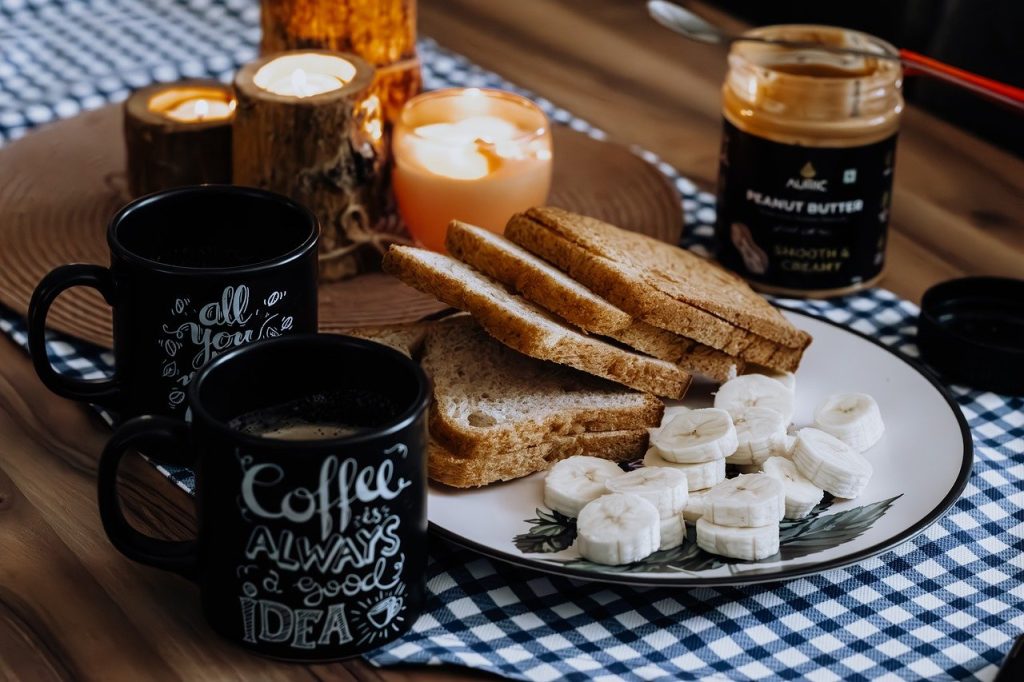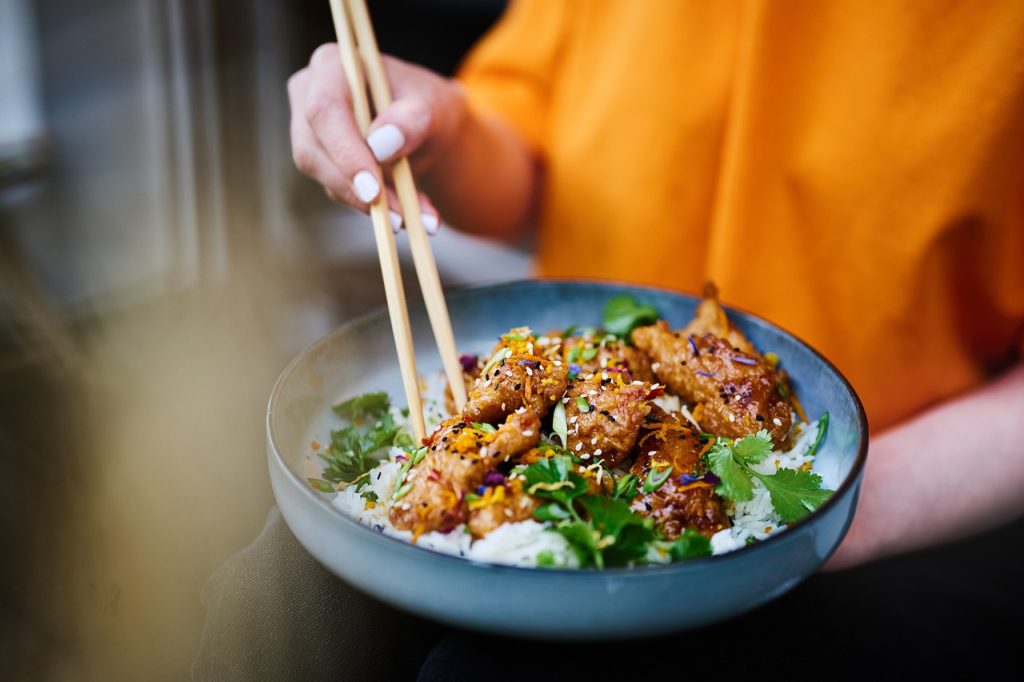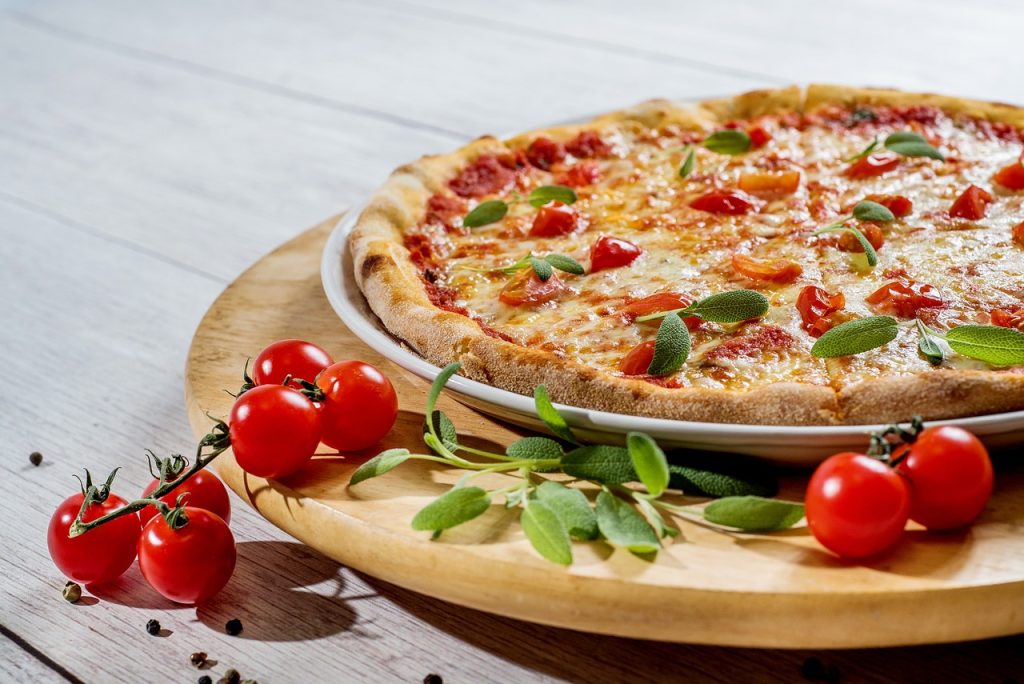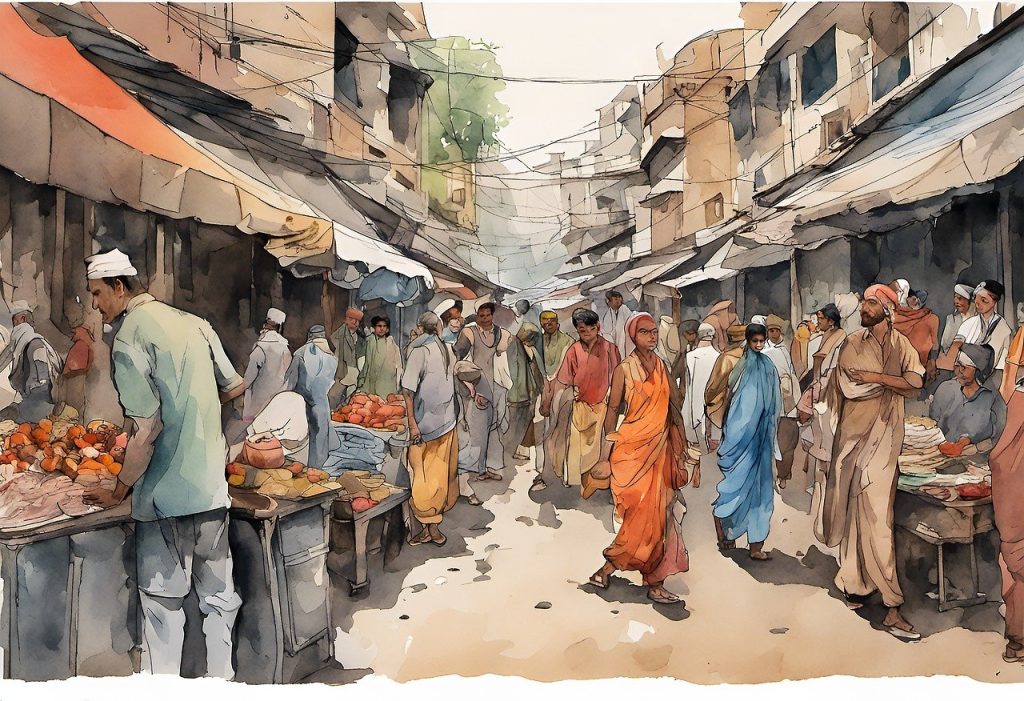Have you ever wondered about the origins of Chinioti sweets and their place in Pakistan’s culinary history? As a lover of mithai, you’ve probably enjoyed gorging on Chinioti burfi, sohan halwa, and gulkand at some point. But there’s a story behind these delicacies that traces back over 200 years. The small city of Chiniot, nestled between Faisalabad and Sargodha in Punjab, is where these sweets were first crafted into their now famous forms. Chiniot was once a hub for traders and craftsmen, with sweet-makers developing unique recipes using local ingredients like milk, nuts, and saffron. Their creations became popular all over Punjab and eventually gained nationwide fame. Next time you savor a piece of Chinioti pakwan, think about the generations of halwais who made it possible. Let’s explore the sweet history and cultural heritage embodied in each bite.
A Brief History of Chiniot City
Chiniot City has been an important center of trade and commerce for centuries. Located along the banks of the Chenab River in Punjab, Pakistan, Chiniot was founded in the 15th century and quickly became known for its skilled craftsmen and artisans.
One of the city’s claims to fame is Chiniot pakwan, a type of sweet snack that has been popular for generations. The original recipes for these fried and syrup-soaked treats date back over 700 years. As trade flourished, ingredients and cooking techniques blended together, resulting in pakwan that incorporated regional spices and flavors from places like Iran, Afghanistan and India.
Chiniot pakwan comes in many varieties, with some of the most well-known including:
- Gulab jamun: Soft dough balls fried and soaked in a sweet rose syrup. A melt-in-your-mouth delight.
- Ras malai: Flattened dough balls in a sweet milk sauce. A creamy and not too sweet indulgence.
- Karhi pakora: Vegetable fritters dunked in a tart yogurt sauce. A balance of flavors both savory and tangy.
- Jalebi: Orange-colored spirals of fried dough soaked in saffron syrup. An iconic and decorative sweet.
The next time you find yourself in Chiniot City, be sure to sample some of these historic treats. Bite into a piece of the city’s culture and experience the original flavors that have been passed down through generations. A taste of Chiniot pakwan is truly a taste of history.
The Rise of Chiniot Pakwan Sweets
The rise of Chiniot Pakwan sweets began in the late 1800s. As Chiniot grew into an important city for trade and commerce, demand for snacks and treats grew along with it. Street vendors and small shops started selling fried sweets and other confections made from ingredients like milk, ghee, flour, and sugar that were readily available.
These early Chiniot Pakwan sweets were quite different from what we enjoy today. They were usually round or diamond-shaped, made from dough that was fried and then soaked in sugar syrup. Some of the original varieties included gulab jamun, barfi, ras malai, and halwa. Over time, as trade introduced new spices and flavors to the region, the variety and complexity of Chiniot Pakwan sweets grew.
Bakers began experimenting by adding ingredients like cardamom, saffron, pistachios, and almonds. New sweets emerged, like kulfi, falooda, and different types of kheer. The shapes also diversified, from simple rounds and diamonds to intricate floral and geometric designs. Some sweets were rolled flat, while others were molded into shapes. The golden age of Chiniot Pakwan sweets had begun.
Today, the variety of Chiniot Pakwan sweets seems endless. However, at their heart, they remain fried dough or milk-based sweets, still made with ghee, flour, milk, and sugar, and flavored with traditional spices and nuts. While the specific sweets have evolved over time, the soul of Chiniot Pakwan confections remains the same. One taste transports you back to the bazaars and shops of 19th-century Chiniot.
Famous Sweets of Chiniot Like Sohan Halwa
Chiniot is famous for its sweets, and Sohan Halwa is undoubtedly the star of the show. This semolina-based confection is made from just a few ingredients but packs a ton of flavor.
The Origins of Sohan Halwa
Sohan Halwa originated in Persia but was brought to the Indian subcontinent, where it gained popularity in Chiniot during the Mughal era. The city’s location along trade routes allowed ingredients like semolina, ghee, and nuts to be readily available, which were combined to create Sohan Halwa.
As its fame grew, the recipe was passed down through generations of halwais, or traditional confectioners. Today, Chiniot is considered the birthplace of Sohan Halwa, with some well-known makers attracting customers from all over Pakistan.
A Mouthwatering Treat
To make Sohan Halwa, semolina is roasted in ghee (clarified butter) until golden brown. Sugar, water, cardamom, and saffron are added and cooked until the mixture reaches a thick, fudgy consistency. Finally, pistachios, almonds, and cashews are mixed in, providing a satisfying crunch.
The result is a buttery, not-too-sweet treat that melts in your mouth. The aroma of roasting semolina and spices is enough to make your stomach grumble. No wonder Sohan Halwa is a cherished part of celebrations and festivals in Chiniot! It’s truly Pakistan’s version of nutty, saffron-infused nougat.
Whether you like yours studded with more nuts or less sweet, Sohan Halwa is a taste of history from a city that prides itself on hospitality and community. Share it with friends and family, and you’ll be creating your own sweet memories of Chiniot.
Traditional Ingredients and Cooking Methods
Chiniot Pakwan incorporates traditional ingredients and cooking methods that have been passed down through generations. Many of the recipes date back over 200 years, using local produce and spices.
Ingredients
The ingredients used in Chiniot Pakwan are simple but flavorful. Wheat flour, sugar, milk, eggs, and ghee (clarified butter) form the base of many sweets. Dates, nuts like almonds and pistachios, and dried fruits are also commonly used.
Cardamom, saffron, and rose water provide aroma and color. These spices have been prized in the region for centuries and were originally traded along the Silk Road. Their sweet, floral flavors pair perfectly with the rich, milky sweets of Chiniot Pakwan.
Cooking Methods
Techniques like heating, boiling, baking, and frying are used to create the variety of sweets in Chiniot Pakwan. Many sweets start with a dough or batter that is shaped or poured into molds, then cooked. For example, sheermal is a saffron-infused flatbread baked in a tandoor (clay oven). Halwa is made by vigorously stirring ingredients like semolina, milk, and ghee over heat until it reaches a thick, pudding-like consistency.
Frying sweets in ghee, like gulab jamun (milk dumplings soaked in rose syrup) and jalebi (orange-colored spirals), gives them a light, crispy exterior and soft interior. Boiling ingredients like vermicelli noodles or seviyan in milk produces a creamy treat. And shaping dough into braided strands or decorative shapes before baking creates sweets like kulfi falooda and chhena murki.
The labor-intensive techniques and high-quality ingredients are a testament to the artistry and skill of Chiniot Pakwan’s cooks. They have truly mastered the craft of creating sweets that are a melt-in-your-mouth taste of history.
Where to Sample Authentic Chiniot Pakwan Today
Today, the best places to sample authentic Chiniot pakwan are in Chiniot city itself. A few well-known spots stand out:
Chiniot Sweets
This popular shop has been operating since the 1950s. They are known for high-quality traditional treats like ras malai, gulab jamun, and different types of halva. The ingredients are fresh and the recipes timeless. You can find Chiniot Sweets on Habib Manzil Road.
Hafiz Sohan Halva
For over 70 years, Hafiz Sohan Halva has produced artisanal halva, a semolina-based confection. Their halva comes in a variety of flavors, from the classic sohan halva with nuts and spices to more modern tastes like chocolate chip or coffee. They also make other traditional sweets and savories. You’ll find them near the Shahi Mosque.
Shah Jamal Bakery
This popular bakery opened in 1952 and is a Chiniot institution. In addition to fresh bakery goods like biscuits, pastries and bread, they are renowned for chinioti pakwan like ras malai, gulab jamun and halva. Everything is made in-house using high-quality ingredients and time-honored recipes. You can spot Shah Jamal Bakery’s vintage signage on Railway Road.
A visit to Chiniot isn’t complete without sampling the city’s famed pakwan. By patronizing local shops with years of experience making these traditional treats, you’ll get a true taste of Chiniot’s history and culture. Savor each bite of ras malai, halva or gulab jamun—you may just find a new favorite. These sweet delights are meant to be enjoyed, so take your time exploring the variety of flavors on offer. A perfect ending to a day immersed in Chiniot’s heritage.
Conclusion
So there you have it, a glimpse into Chiniot Pakwan’s centuries-old history and its origins as a sweet treat of the Mughal elites. As you bite into those gajar halwas, jalebis and ras malais, you’re experiencing a little edible slice of history from the time of Emperors like Shah Jahan. The recipes and techniques have been passed down through generations of halwais, a culinary tradition that continues to this day on the streets of Chiniot. Though times have changed, one thing remains: the people of Chiniot’s love for their city’s signature mithai. On your next trip to Pakistan, take a detour to this historic city and taste the past for yourself. Your taste buds will thank you for it! Chiniot Pakwan zindabad!





